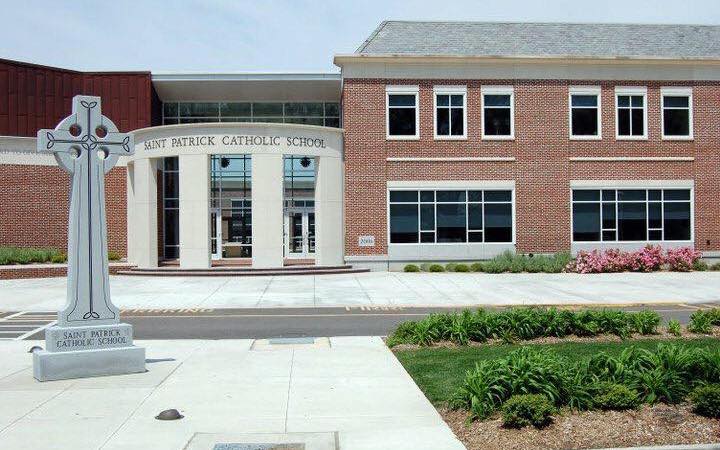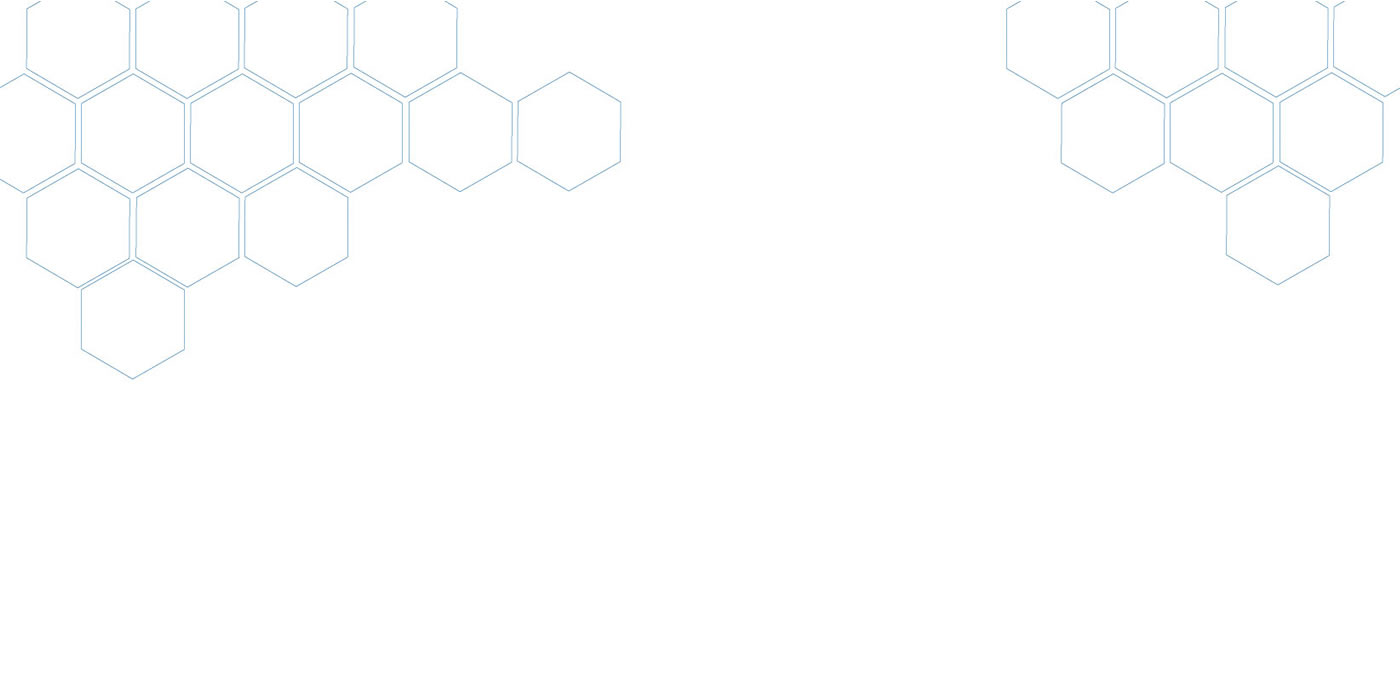Meeting Ourselves Where We Are ... A Pandemic Must!
By: Amber Seeley - Trustey Fellows Cohort 4, Saint Patrick Catholic School in Norfolk, VA

The COVID-19 pandemic has changed every aspect of our lives, and education is no exception. As educators, we strive for excellence in all aspects of our teaching – developing rich, relatable lessons, delivering those lessons effectively, and creating engaged critical thinkers.
This pandemic has required much from us as individuals, families, and educators. We have had to reflect, rethink, and revise every aspect of our teaching – lessons, collaborations, classroom set-ups, assessments. What is really necessary? What must I do now to deliver my curriculum? What can I no longer do? As we enter the next stage of this school year, I would like to share what I’ve learned. Together we are stronger!
Give yourself grace and latitude.
We are so good at reminding our students that because this is a year like no other, they should be kind and patient with themselves. But do we do that for ourselves?
When we pivoted to virtual learning in the spring, our principal asked us to submit our intended focal areas for the remaining nine weeks. I really struggled with the fact that I had not finished my unit on systems of equations. No matter how much my mind and heart knew the remaining lessons would not work well virtually and that I should move on, I was not able to give myself the grace to close that unit until I met with my mentor. Thank God for that!
I have learned through many trials and errors this year to give that grace to myself. I ask myself what is most important for my students to know and what do they need moving forward, and then I choose those things and do them well!
Our best laid plans… are SO last year!
I chuckled when I typed this because it is so true. For me, trying to use last year's lessons is often like trying to fit a round peg into a square hole. Nothing is the same – not the physical classroom, not the students, and not me!
Quite often we create our wishlist for our classrooms and lessons based on the expectations that we place on ourselves. When we returned in August, my administration led us in an exercise that changed my way of thinking. We made a list of all our personal action items for our classrooms. Then we had to meditate on each one and decide, “Is this essential to student success?” If the answer was no, we crossed it off the list and moved on. I find myself doing this with my lessons. Is this activity that will take me hours to prep essential to student success? If the answer is no, away it goes until next year. If I am unsure, then I have to dig deeper and determine what part of it is essential and how to take just that piece and repurpose it. Of course if the answer is yes, I dig in and get to work prepping with gratitude and joy!
Be creative with creating collaborative experiences.
Collaboration is fundamental to the joys of learning, but unfortunately it is probably the hardest part of teaching in a COVID world. How can we connect virtually? If we are in school, it is just as hard. How do we collaborate when we are six feet apart? When we cannot move around the classroom?

We just need to tap our creative instincts, consult our colleagues, and try, try again. This summer during the Capstone experience, the Core Team shared their ideas for collaborating across our schools. It was so beautifully done using Google Slides that I tried it with my eighth-grade Algebra students as a way to review Integer Operations. I decided to group students based on my seating chart and invited some of my in-person students to join our virtual learners on Zoom. Each group was given a topic. Expectations were set. It was a hit! I am currently building one for my geometry students to explore the basics of triangles and polygons in order to inform our discussions in the upcoming unit.
Another way to foster collaboration is using Productive Talk Moves. These key sentence-starters foster connection, depth of understanding, and conversation – something often difficult to develop virtually. If you need some ideas to facilitate productive talk, check out our cohort's work with productive talk sentence-stems from Summer 1. Feel free to make a copy and use!
Rethink how you choose to assess.
For many, the first thing that comes to mind with the word “assess” is a traditional paper-and-pencil quiz or test or an elaborate performance assessment.
As we all know, these are very-time intensive to create and grade, and time is at a premium this year. Planning periods have often been reduced to create smaller class sizes, and time in our classroom is limited so that cleaning staff can follow proper mitigation procedures, not to mention the myriad of new roles and responsibilities that accompany teaching in a COVID world.
Just like with lesson planning, I have to ask myself the question, “If the intended outcome of assessment is to gather information, whether to inform instruction or to determine mastery, how else can I accomplish this?” What I have found is that my students are seeking affirmation, are wanting to use their voice, and are yearning to be part of something reliable, trustworthy, and constant in their lives – their education! I always expected to assess in some paper-driven way, and I still do when necessary. Yet student-led dialogues, where they explain their process or defend their thinking, are rich with information and validating for them. Best of all – no grading! Sometimes less really is more! Other big hits this year have been Kahoots, Quizizz, Escape Rooms, and Who Dun Its.
Our 2019-2020 classrooms are memories. Our 2020-2021 classrooms are alive and bringing love, connections, and hope to our students in a world where so much remains unsettled and unknown. Be present here, in these classrooms. Embrace the gifts, learnings, and opportunities that surround us every day. Be uniquely you. Meet yourself where you are, and let the rest fall into place. If our students leave our classrooms having experienced our curriculum in meaningful ways and believing they can be agents of change in our world, then we have truly answered our calling as educators. Kiss your brains for a job well done!
Interested in learning more about the Trustey STEM Teaching Fellows?
Visit stemeducation.nd.edu/trustey today!


